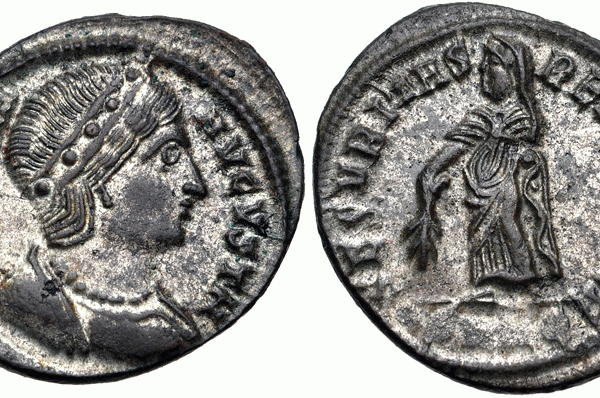Silver Hemidrachm of Umar
Coins of the Abbasid Governors of Tabaristan exist today in large numbers because they were used by merchants on the Silk Road, the ancient trade route that spanned more than 7,000 miles from Constantinople to China. The Kingdom of Tabaristan, located in modern-day northern Iran,













